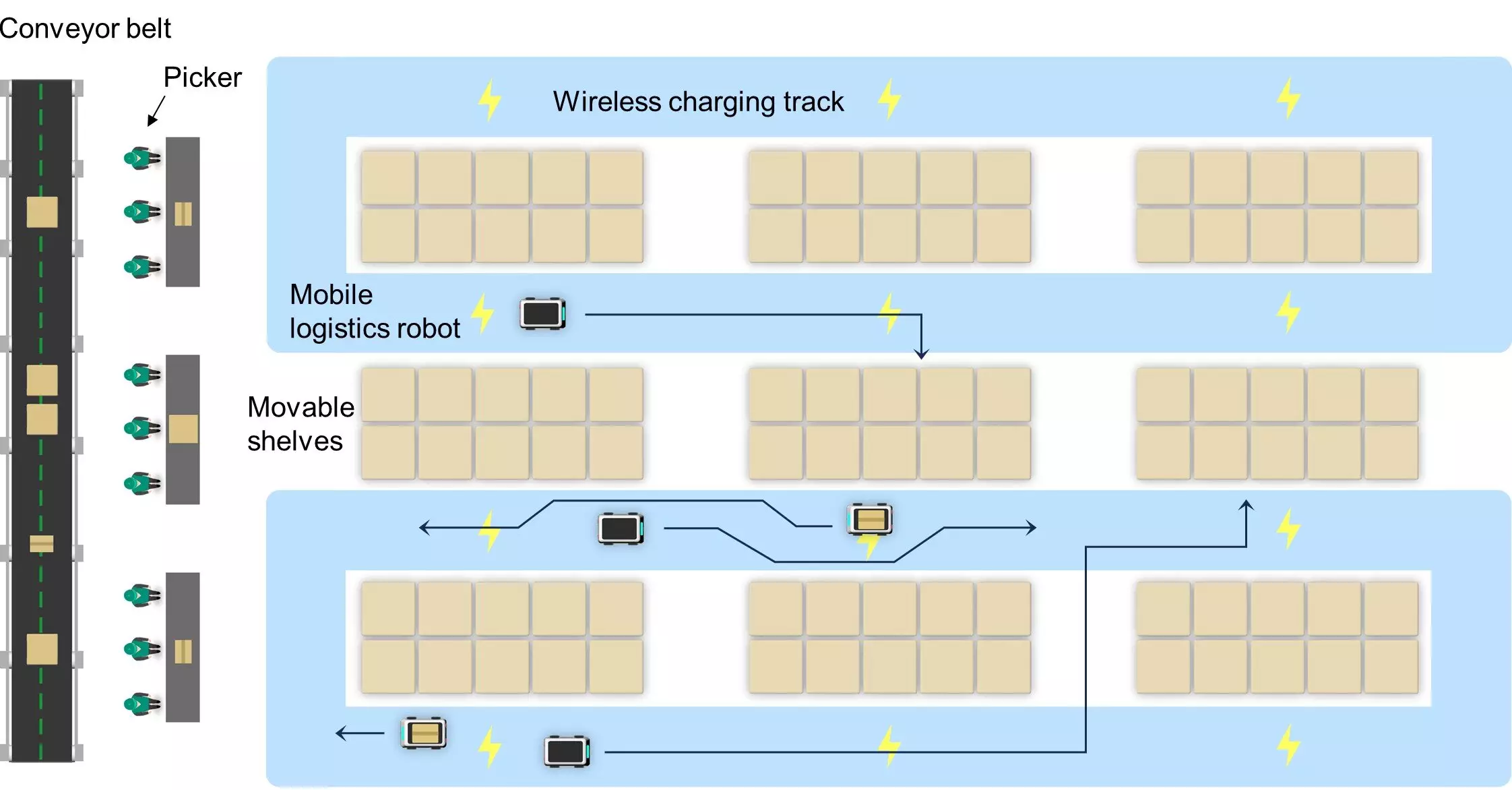The electric vehicle (EV) industry has been evolving rapidly, driven by the pressing need for sustainable transport solutions. Recent breakthroughs in charging technology are set to significantly ease the logistical hurdles traditionally associated with replenishing vehicle energy. The research team at UNIST, characterized by a convergence of visionary thinking and cutting-edge engineering, has introduced a pioneering technique that allows electric vehicles to be wirelessly charged in motion. This advancement signifies a transformative leap, enhancing both user convenience and the overall efficiency of electric driving.
Under the leadership of Professor Franklin Bien from the Department of Electrical and Electronic Engineering, the team has developed a wireless charging track system designed for continuous power delivery as vehicles navigate along designated paths. This system relies on a network of wires that creates a robust and extensive magnetic field, enabling vehicles to operate without the constraints of traditional charging setups. The underlying principle involves an electromagnetic generator that produces a circular magnetic field, thereby facilitating seamless power transfer as electric vehicles glide over these tracks. This innovative design circumvents the necessity for costly ferromagnetic materials, reducing both complexity and expense in system implementation.
To further emphasize their groundbreaking work, the research team has pioneered sophisticated algorithms that significantly enhance the efficiency of power transfer. By optimizing the design of both the charging infrastructure and the power receivers, they have managed to achieve up to 90% energy transfer efficiency. This remarkable figure outshines traditional methods, which often struggle with inefficiencies that incur additional costs and energy loss. Unlike earlier technologies that leaned heavily on ferromagnetic elements aimed at boosting efficiency, the UNIST team’s approach prioritizes sustainability and scalability for widespread adoption.
Before potential real-world applications can be realized, rigorous safety and compliance assessments must be undertaken. The UNIST team claims to have thoroughly vetted their technology to align with strict industry standards established by the Institute of Electrical and Electronics Engineers (IEEE) and the International Commission on Non-Ionizing Radiation Protection (ICNIRP). This due diligence ensures that the technology not only promotes convenience but also prioritizes user safety and environmental protection.
Professor Bien’s vision transcends the boundaries of conventional charging practices. He articulates an ambition for synergistic mobility—where vehicles can navigate both horizontally and vertically without being tethered to fixed charging stations. The insights shared by first author Hyunkyeong Jo further underscore the transformative potential of this wireless technology in addressing persistent limitations, such as extensive charging periods and reduced driving ranges that often plague electric vehicles.
The advancements made by the UNIST research team represent a concerted effort to redefine the future of electric vehicle charging. By integrating wireless solutions into the operational fabric of EV technology, they are setting the stage for a more flexible, efficient, and user-centric transportation landscape. As we look ahead, the prospects of driving electric vehicles equipped with continuous wireless charging capabilities could herald a new era of eco-friendly mobility.


Leave a Reply